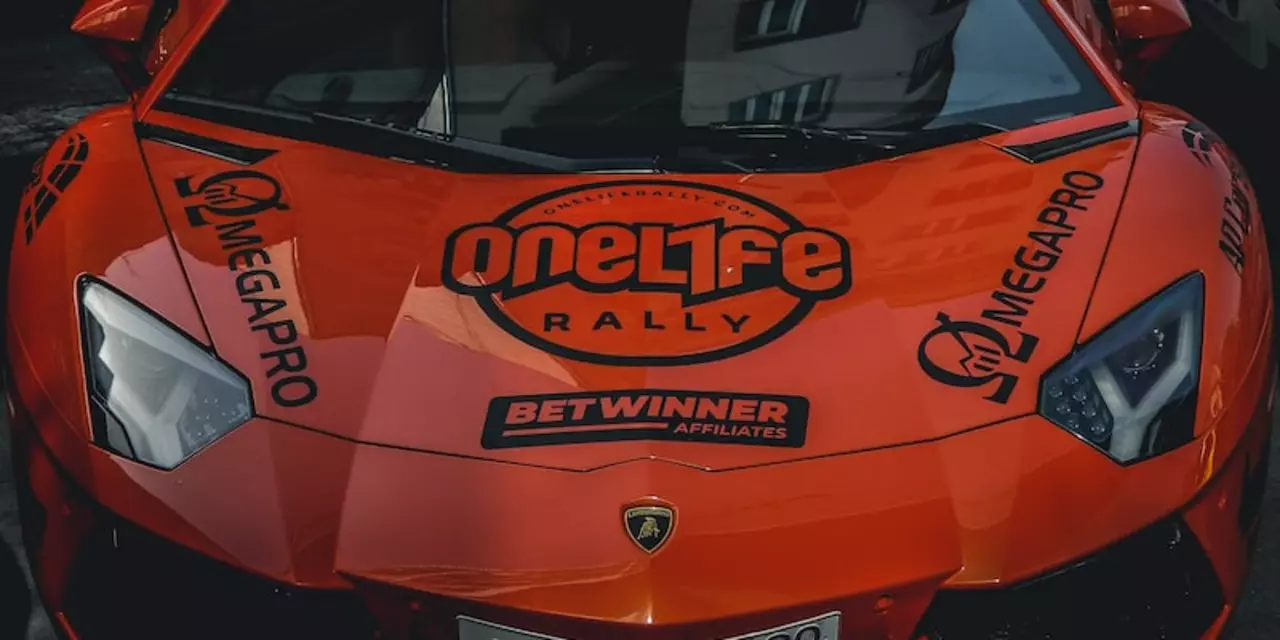Serbia Soccer: News, History and Player Spotlights
When talking about Serbia soccer, the sport that unites towns from Belgrade to Novi Sad and fuels a national passion for the beautiful game. Also known as Republic of Serbia football, it blends a storied past with a modern drive to compete on the world stage. This page gathers the latest stories, deep dives and analysis that matter to anyone who follows the game in Serbia.
One core piece of that puzzle is Serbian football, the organized structure of clubs, leagues and the governing body that runs the sport across the country. Serbian football encompasses local grassroots clubs, regional tournaments and the professional tier that feeds talent into the national side. The emphasis on youth academies means many players start training at eight or nine, building technical skills that later shine in European leagues.
At the heart of the professional scene sits the Serbian SuperLiga, the top‑flight league where clubs like Red Star Belgrade and Partizan compete weekly. The SuperLiga fosters talent development and serves as a showcase for scouts worldwide. It also influences the national team’s selection, as strong performances can earn a call‑up. In recent seasons the league has introduced better broadcasting deals, bringing matches into more homes and raising the profile of Serbian clubs abroad.
The Serbia national team, often called the Orlovi, represents the country in international tournaments such as the World Cup and Euro Championships draws its best players from the SuperLiga and foreign clubs. When the Orlovi line up, they showcase the country’s blend of physicality and technique, a style shaped by decades of club competition. Recent qualifying campaigns have highlighted the impact of home‑grown talents breaking into top European sides, reinforcing the link between domestic league strength and international success.
Beyond the pitch, fan culture adds another layer to Serbia’s football identity. Matchdays in Belgrade’s Rajko Mitić Stadium turn into festivals of chant, flag‑waving and shared food. Supporters clubs organise trips across Europe, creating a network of passionate fans who travel with the team. This communal spirit fuels local economies and keeps the sport relevant even during off‑season periods.
For anyone curious about player pathways, the story often starts in small town academies, moves through the SuperLiga, and can end up in leagues like Italy’s Serie A or England’s Premier League. The journey highlights how Serbia’s football infrastructure, from youth training grounds to senior clubs, works together to produce talent that competes globally. It also underscores the role of scouts, agents and national team coaches in spotting and nurturing that talent.
Below you’ll find a curated collection of articles that dive deeper into each of these topics – from transfer rumors and match previews to historical retrospectives and tactical breakdowns. Whether you’re tracking a rising star, analyzing a big rivalry, or just want to feel the pulse of Serbian football, the posts ahead give you the context and insight you need to stay in the know.
What are the most popular sports in Serbia?
Serbia is a country with a great sports tradition, and Serbian athletes have achieved numerous successes in various sports. The most popular sports in Serbia are football, basketball, volleyball, handball, and tennis. Football is the most popular sport in Serbia, and it is usually the first choice of young children. Basketball is also very popular, and it is considered the most successful sport in the country. Volleyball and handball are also popular in Serbia, particularly among younger generations. Tennis is also popular in Serbia, especially since the successes of Novak Djokovic.
